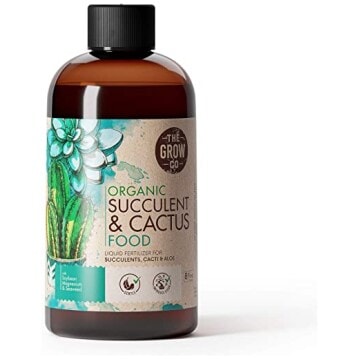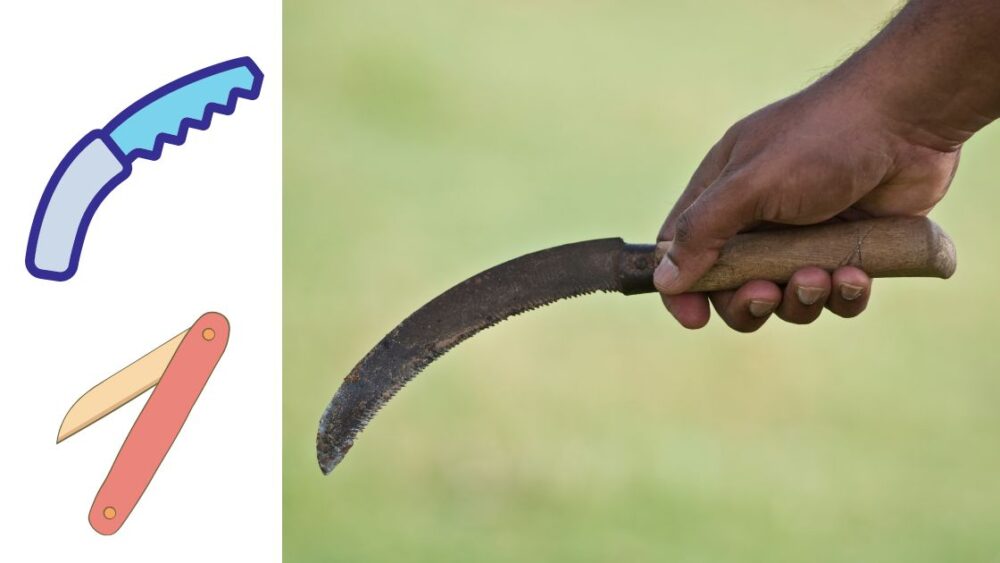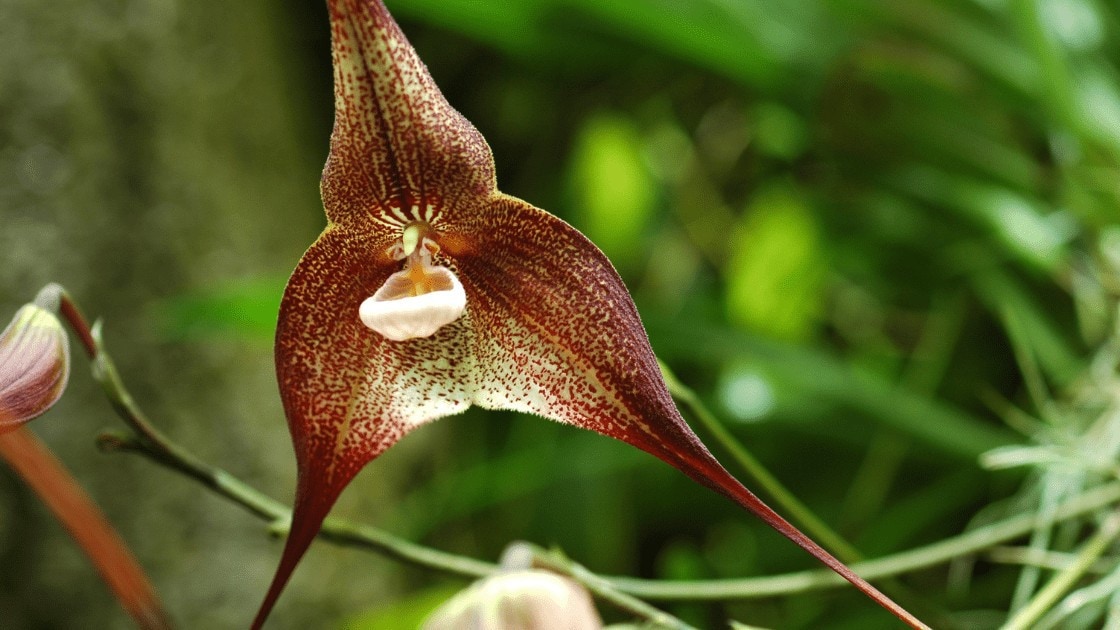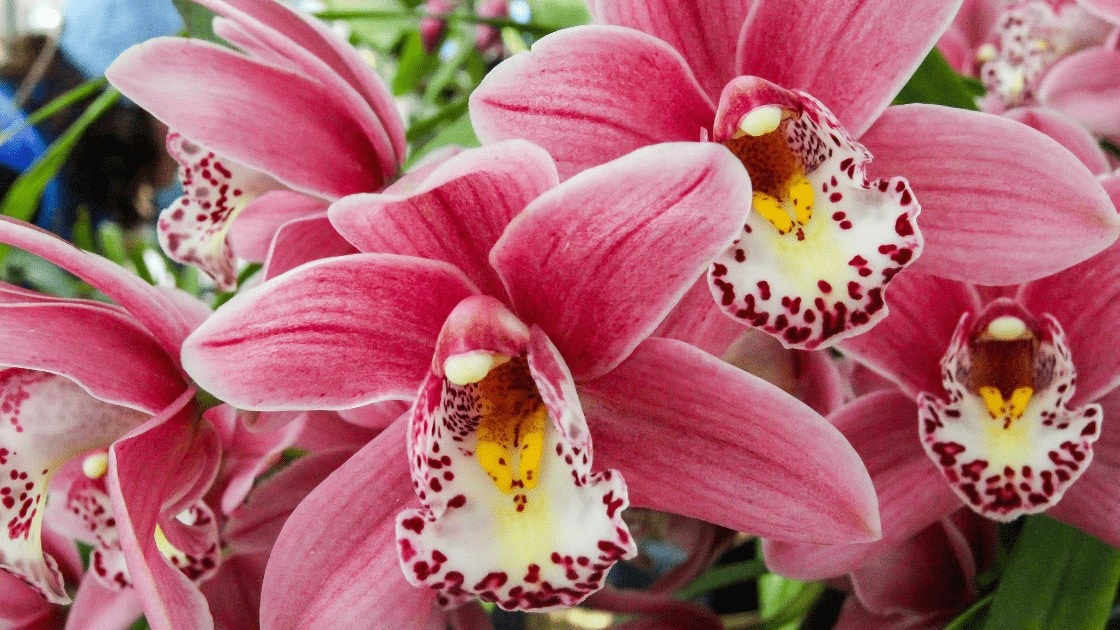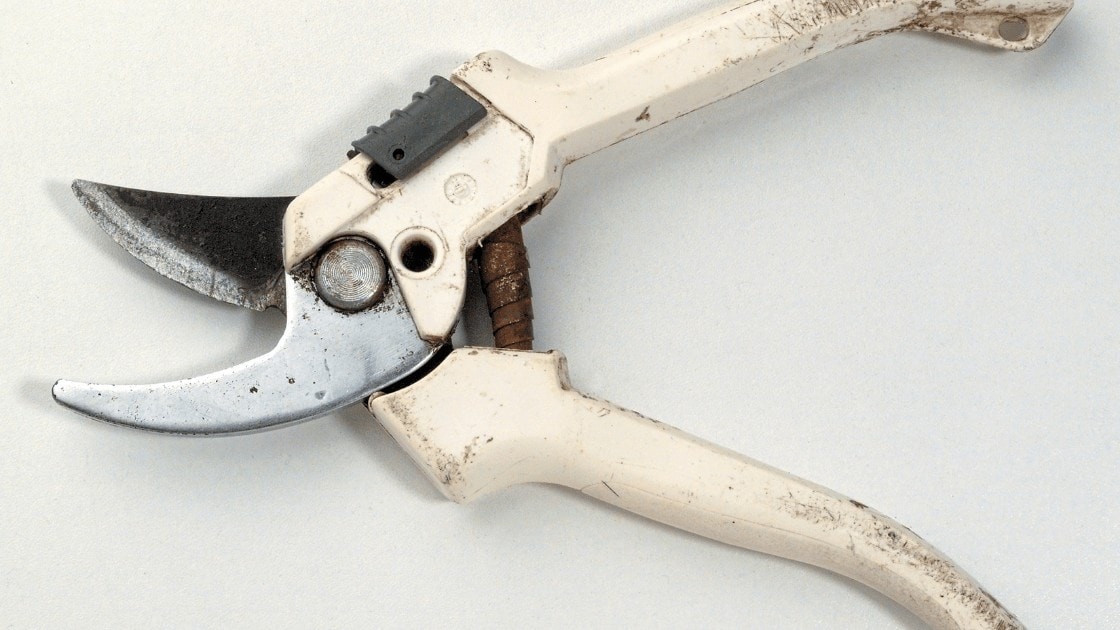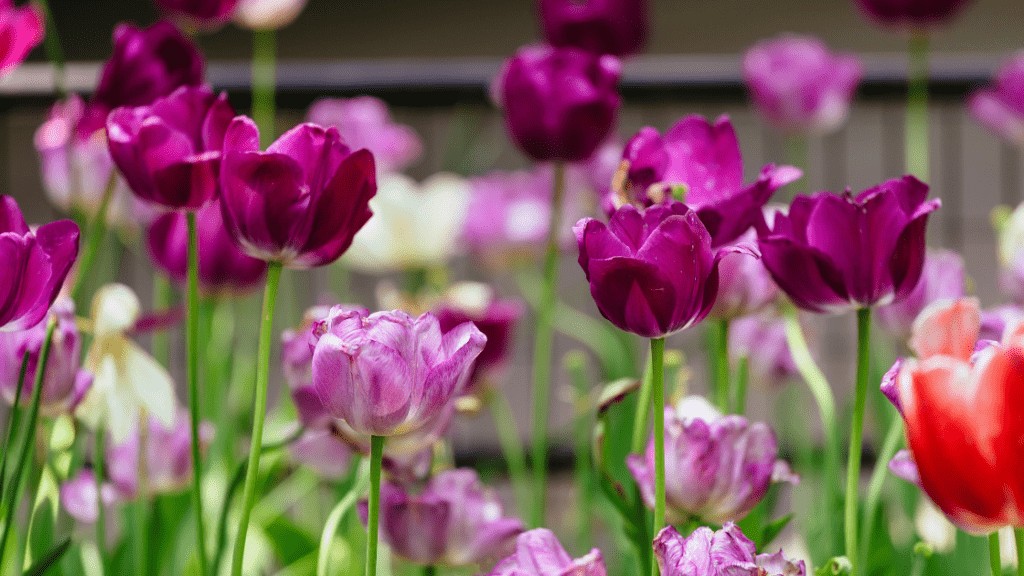
Unlike annual plants which die shortly after flowering, perennials have a repeatable growth cycle that can continue for many years. This makes them very suitable for outdoor gardens, because they require less care and automatically start flowering when they sense the arrival of spring or summer.
Unfortunately, perennial do have a few disadvantages as well – their flowering cycle is usually shorter and in some cases they may not flower as expected. This is not a common problem and usually happens either when the plant is too young or if it’s planted in a geographical area where the seasonal conditions are too different from what the plant is used to. In this article, we’ll explore all the possible causes of outdoor perennial plants not blooming and what you can do to fix the problem!
How Do Perennial Plants Tell That It’s Time To Bloom?
Depending on the plant species, perennials either flower constantly when the conditions are right, or they wait the passing of the winter to initiate flowering. Often, it’s a mix of the two.
Browse our Affiliate Products
In general, the annual behavior of plants is not something that’s well studied, especially not in ornamental garden plants. It involves complex hormonal changes controlled by fluctuations in temperatures and daylight duration.
Plants That Flower Year-Round
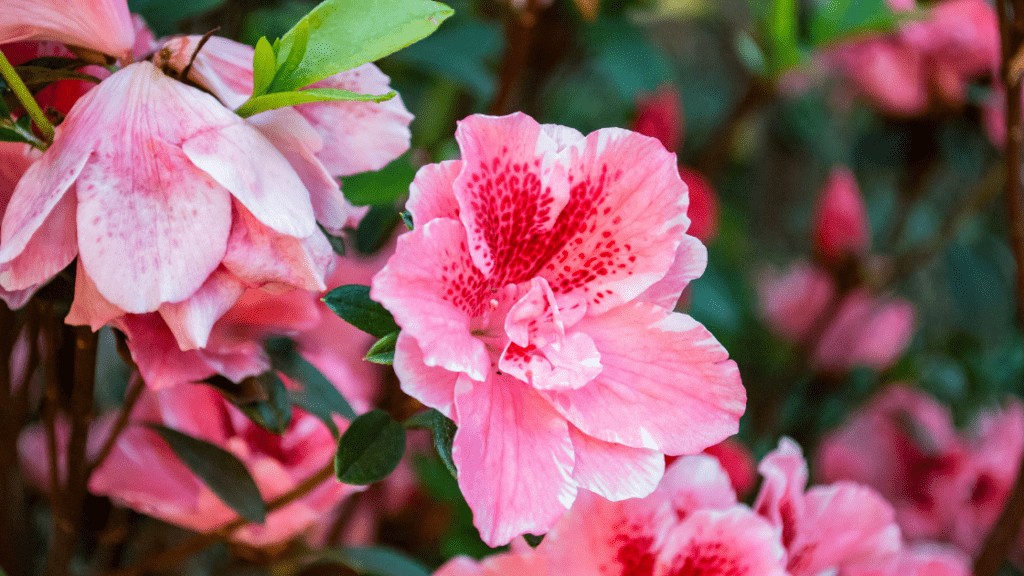
Many perennial plants will flower all throughout the year if the conditions allow it. Hibiscus for example flowers during spring or summer, but if grown indoors and given sufficient light, it will bloom all the time, often in a difficult to predict manner.
This applies to many other perennials and they simply require favorable conditions in order to start producing flowers – they don’t necessarily require a winter rest period. Other plants, like Agapanthus require a winter dormancy period or they will not grow properly, nor bloom. In general, larger, bushier plants with a branching crown can produce flowers year-round, while low-growing non-branching plants have a very strict annual cycle and will not flower randomly without a winter rest. This however is not a rule that is set in stone and there are exceptions.
Short-Day vs Long-Day Plants
Many perennials only keep track of daylight duration in order to decide when it’s time to initiate blooming. Based on this, plants can be classified as short-day or long-day plants. The majority of spring-flowering perennials are long-day plants – they start to initiate blooming when they sense that the days are becoming longer than 12 hours.
However, there are some common short-day plants as well, like the poinsettia, which requires 14 hour long nights in order to start flowering. Most short-day plants however, are annual plants and not perennials.
As you can see, the blooming behavior of plants is very species-dependent and it’s best to research the particular species you’re growing and check if it’s a short-day or a long-day plant and what other factors it may require for blooming. That said, let’s explore some of the most common general reasons why your garden plants may refuse to flower!
Most Common Causes of Perennial Garden Plants Not Flowering
There are two possible categories of causes when it comes to outdoor plants not blooming as expected – the absence of blooming triggers (long enough days, warm enough temperatures, etc.) and generally poor growing conditions (too little soil nutrition, too little light, etc.).
For most common types of garden plants, researching the particular species will quickly give you an insight into what is required to initiate its blooming period. Most commonly, this is increasing day length and rising temperatures, both of which occur naturally with the arrival of spring. If you’re growing a plant which you know should flower in your particular location at the particular time of year, but it isn’t, then it’s time to consider the growing conditions of the plant and make sure that it has reached maturity, gets enough sunlight and receives proper nutrition.
The Plant is Too Young and Hasn’t Reached Maturity
This is the most common reason for recently purchased perennial plants not flowering as expected. Many perennials grown from seed have to reach maturity before they start flowering. This is especially true for larger, bushier, woody plants like hibiscus.
Reaching maturity usually takes 2-3 years, but can take up to 5 years for some plant species. It’s best to first research the specifics of the particular species you’re growing and make sure that it’s not too young before looking into other possible causes. Some plants may flower once every two years even after they’ve reached maturity, but this is not common and is usually the case only with certain fruit-bearing trees.
The Plant Receives Less than 12 Hours of Light Per Day
Most spring-flowering perennials are long-day plants and unless the period of darkness during the night is less than 12 hours they will not bloom, regardless of how favorable the growing conditions might otherwise be.
It’s important to note that we’re not talking about the plant receiving full sun – even a very dim light is enough to signal the plant that the day has arrived.
The phenomenon of plants ‘counting’ how long the days are is quite complex – not only does the plant look at the light it receives in general, but it’s sensitive to the specific spectrum of the light as well. During sunrise and sunset, the angle of the sun is low, making the light abundant in the infrared spectrum, but poor in the blue spectrum.
During mid-day, the opposite is true. This enables the plant to accurately sense the beginning, middle and end of each day and sometimes, large shadows during sunrise can offset the internal clock of the plant slightly, delaying its blooming by a month or two.
It’s Just Too Early
Gardening takes a lot of patience – many beginner gardeners may be anxious for their plants to start flowering and expect them to do so at the first sign of warm weather. It’s important to not worry about your plants not flowering until you’re mid-way through their expected blooming period.
Weather variations and different locations can offset the flowering of many plants by as much as 2-3 months. If you start worrying too early you can often do more harm than good, especially if you start fertilizing the plants too much with flower-promoting phosphorus fertilizer. Be patient and give your plants some time before you start taking active measures to promote flowering.
The Plant Receives Too Little Light in General
Although flowering is a very energy-intensive process, a garden plant receiving too little light to manufacture enough nutrients for blooming is not a common scenario – even in a shade, the light intensity is usually sufficient for ample photosynthesis.
In unique conditions however, such as the plant growing under a dense tree or under patio blinds, the light intensity may be insufficient. Usually, this only leads to the plant developing a small number of tiny, unimpressive flowers, but in some species (many cacti for example) it can be enough of a problem to completely prevent flowering.
Nutrient Deficiencies & Toxicity
In some plants, fertilizing with too much nitrogen fertilizer can offset or completely prevent flowering. This is a well-known phenomenon in some crop plants – strawberries for example. Too much nitrogen can cause very dark green leaves and lush growth, making it seem that the plant is growing very well.
This can cause a lot of confusion when the flowering season approaches and the plant develops only a few flowers or doesn’t develop any at all. The problem can be partially corrected by abundant watering to wash some of the fertilizer off, as well as by adding some phosphorus-rich fertilizer low in nitrogen.
If you would like to read more about soils, check out our article here. Outdoorgardenaccessories.com/the-best-soil-for-all-types-of-gardens/
Low Temperatures
Low temperatures can prevent flowering in two ways.
First, they slow down the metabolism of the plant, delaying flowering in general.
Second, very low night-time temperatures can damage the emerging flowering buds of some warm-loving plants, making it look like the plant is not flowering at all.
Low temperatures can be a problem for high-altitude remote areas, where the nighttime temperatures can drop very low, even during the summer. As a result, the plant receives enough daylight to trigger flowering, but the temperatures are much lower than it ‘expects’. If that’s the case, the problem can be easily solved by providing some transparent cover for the plants during the night.
Amazon offers a wide range of covers to keep your plants warm all winter long as shown below.
Other Causes
In rare cases, plants may not flower because of unknown causes or a combination of many hard to pinpoint factors. Genetics may also play a role – just like all animals are prone to genetic mutations and subsequent disease, plants may also rarely develop a genetic problem that prevents them from properly initiating flowering.
If you’re growing plants which are not commonly cultivated, they may have uncommon flowering triggers which can’t be properly simulated in your garden.
Final Thoughts
That’s it! Identifying a possible cause from the list above and fixing it will usually resolve your problem. Usually, some patience is all that’s required – trust in the intelligence of plants and rest assured that they will eventually start blooming provided that the conditions are suitable.
There are some more aggressive measures you can take to artificially simulate the arrival of spring earlier – temperatures can be increased by covering the plants with a transparent cover, and longer days can be easily simulated with a low-power LED light. However, it’s often best to just be patient and give your plants some time!



